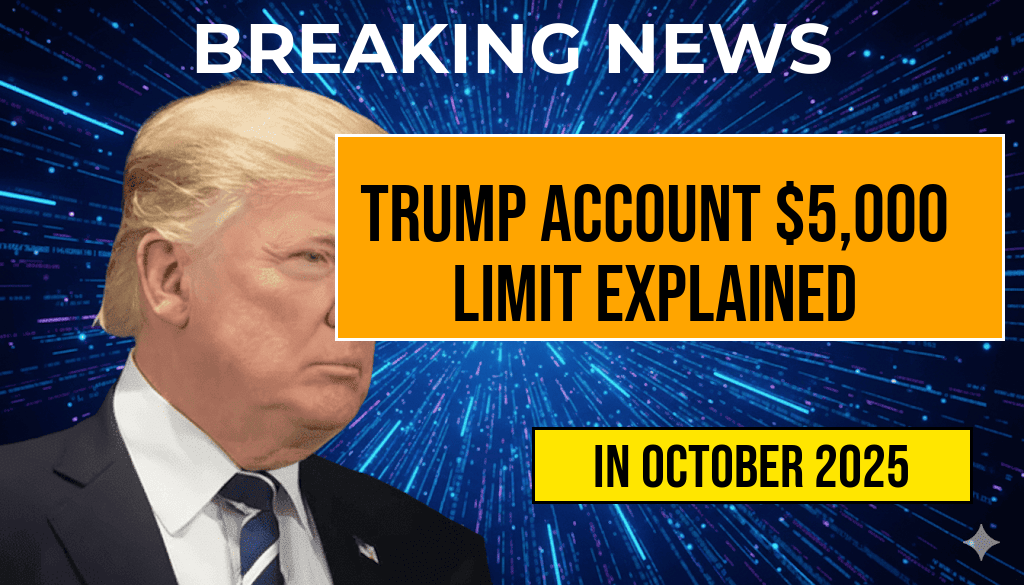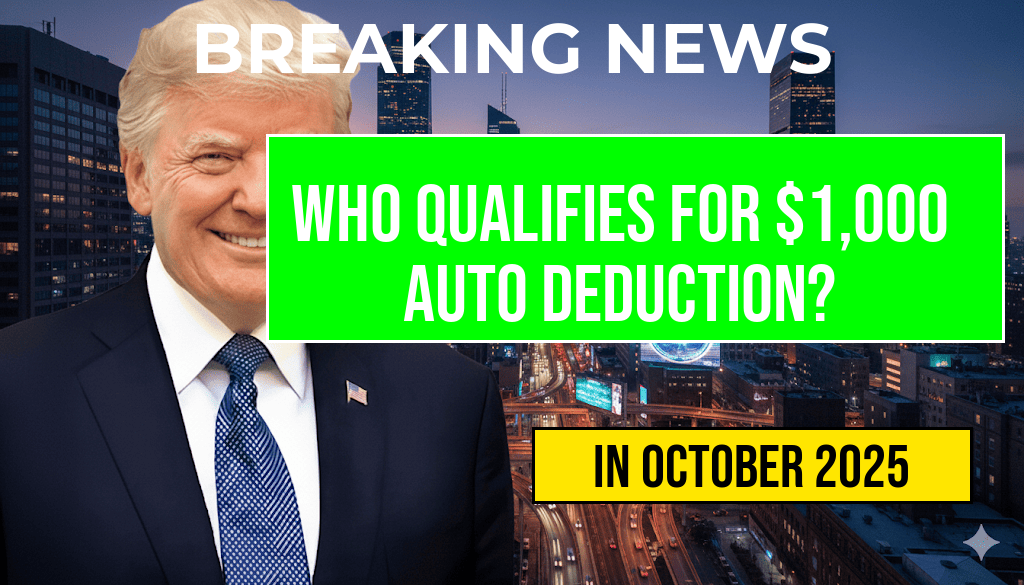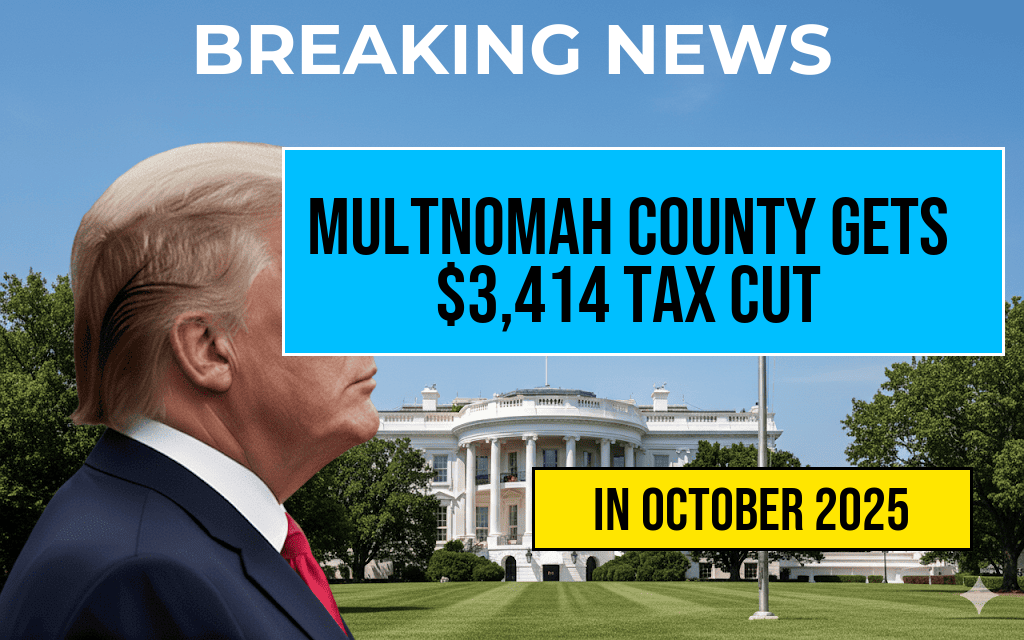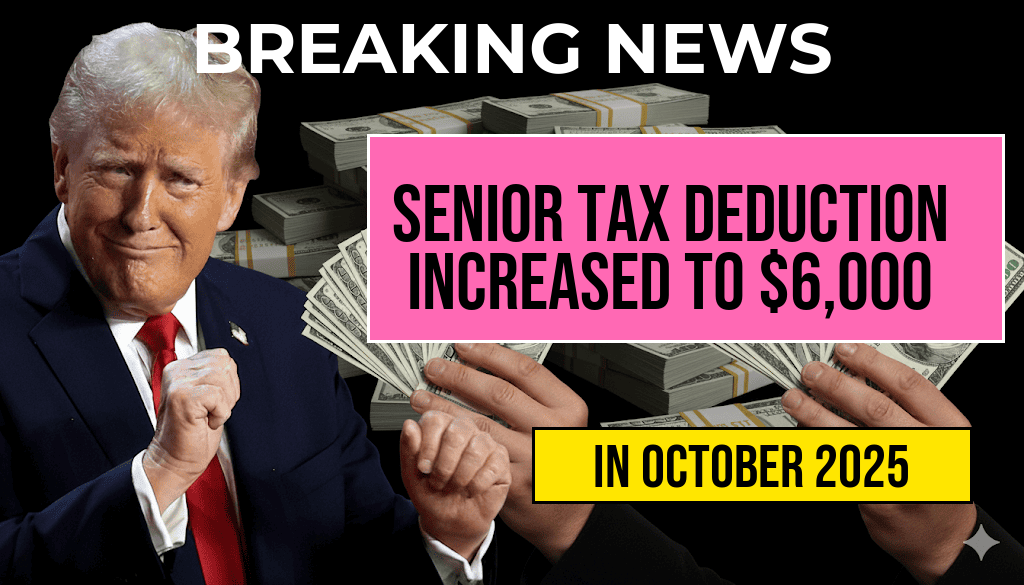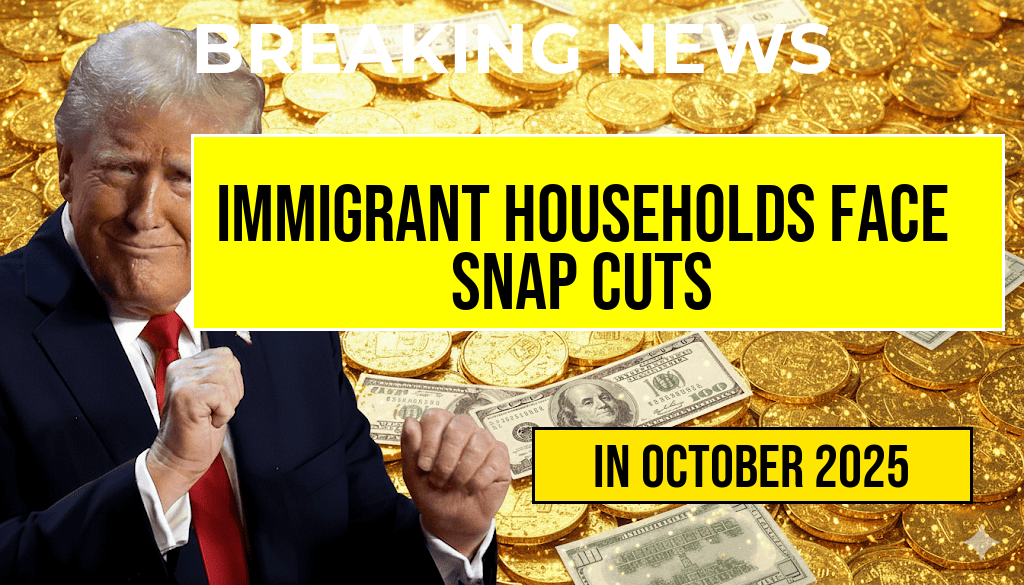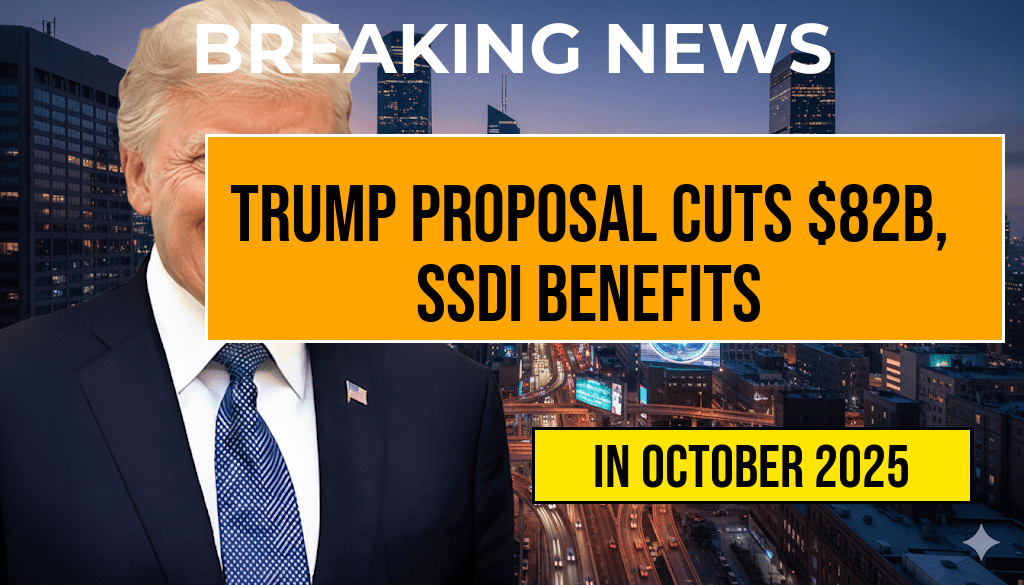Amid ongoing discussions about campaign finance regulations and political fundraising strategies, a recent development has drawn attention: the reported annual contribution limit of approximately $5,000 to accounts associated with former President Donald Trump. This figure, while seemingly modest compared to typical campaign contributions, carries significant implications for both individual donors and the broader landscape of political funding. Understanding the origins of this limit, its application within the framework of federal election laws, and potential consequences for political engagement requires a closer look at the nuances of contribution caps, the specific nature of Trump-related accounts, and how such restrictions shape donor behavior and campaign finance strategies.
What Is the $5,000 Contribution Limit and How Is It Defined?
Legal Foundations of Contribution Limits
The Federal Election Campaign Act (FECA) and subsequent regulations set the framework for how much individuals can contribute to federal candidates, political committees, and certain other entities. For most individual donors, the annual limit to a candidate’s campaign committee currently stands at $2,900 per election. However, when discussing accounts associated with former President Trump, the $5,000 figure often refers to contributions directed toward specific types of political entities or fundraising efforts that are not traditional campaign committees.
Specifics of Trump-Related Accounts
Trump’s political fundraising efforts include various entities such as Leadership PACs and super PACs, which can accept larger sums and have different contribution limits. However, some reports indicate that individual donors may be restricted to approximately $5,000 annually when contributing directly to certain Trump-aligned entities, especially those categorized as multicandidate political committees. These limits exist to prevent undue influence and maintain transparency within campaign finance laws.
Implications for Donors and Political Strategy
Impact on Donor Behavior
- Limited contribution caps encourage donors to diversify their political giving, spreading contributions across multiple entities or campaigns to maximize influence.
- Because the $5,000 threshold is relatively low compared to the maximums permitted for some super PACs, donors may choose to allocate funds strategically to influence specific races or initiatives.
- Small donors, who typically give under the limit, might find such restrictions less impactful, but large-scale contributors need to plan their donations carefully within these bounds.
Effects on Campaign Finances and Political Influence
| Account Type | Typical Contribution Limit | Regulatory Oversight |
|---|---|---|
| Candidate Campaign Committee | $2,900 per election | Federal Election Commission (FEC) |
| Leadership PACs & Super PACs (Trump-related) | Approximately $5,000 annually per donor | FEC regulations & reporting requirements |
Broader Political Implications
These contribution limits influence the landscape of political fundraising by potentially capping the amount of influence large donors can exert through direct contributions. While super PACs and other independent expenditure-only committees can accept unlimited sums, the restrictions on direct contributions serve as a safeguard against excessive private influence in federal elections. As a result, political actors may rely more heavily on grassroots support or alternative fundraising methods to supplement their campaigns.
Legal and Regulatory Considerations
Compliance and Enforcement
The FEC actively monitors contribution limits to ensure compliance, with penalties for violations including fines and disqualification from certain activities. Donors and political entities must meticulously track their contributions to avoid inadvertent breaches, especially as the rules around Trump-affiliated accounts can involve multiple entities with overlapping jurisdictions.
Potential Changes and Future Outlook
Legislative proposals aimed at reforming campaign finance laws could modify contribution limits or tighten reporting requirements. The debate often centers on balancing the need for transparency with protecting free speech rights. As political landscapes evolve, the $5,000 cap may be adjusted, and new rules could emerge to address emerging fundraising strategies, including digital and social media campaigns.
Sources and Further Reading
- Campaign finance in the United States – Wikipedia
- Forbes: Trump’s Fundraising Strategies and Legal Limits
Frequently Asked Questions
What is the annual contribution limit to Trump accounts?
The annual contribution limit to Trump accounts is set at $5,000, which restricts the amount an individual can contribute each year to these accounts.
Who is affected by the $5,000 contribution limit?
This limit primarily affects individual investors and financial advisors managing investments in Trump accounts, ensuring contributions do not exceed the specified threshold annually.
What are the implications of the $5,000 contribution cap?
The contribution cap limits the potential growth of investments within Trump accounts and may influence investment strategies by encouraging diversification or alternative funding methods.
Are there any penalties for exceeding the contribution limit?
Yes, exceeding the $5,000 contribution limit can result in penalties such as tax consequences or the need to withdraw excess contributions, so adherence to the cap is essential.
Can the contribution limit change in the future?
While currently set at $5,000, the contribution limit may be adjusted by regulatory authorities over time based on economic conditions and policy changes.

